Wood flooring types are varying based flooring components, styles, colors, cuts, and species.
Overall, wood flooring is any flooring manufactured from timber, either structural or aesthetic. Natural wood flooring includes both hardwood and softwood flooring, while artificial wood flooring includes laminate flooring.
Natural wood flooring is divided into softwood and hardwood. Softwood is rarely used for flooring, and often were, it used in old building. Hardwood is the most common type of flooring, and it includes two categories which are solid and engineered wood floorings.
Artificial wood flooring is referred as composite or synthetic, and it contains man-made products such as laminate flooring.
Wood Flooring Types
Generally, wood flooring types can be classified into three main categories.
(1) Solid Wood Flooring: produced from one layer of hardwood from top to bottom.
(2) Engineered Wood flooring: produced from multiple layers. The top layer is a thin layer of hardwood. The bottom is one or more layers of wood veneers or slats.
(3) Laminate flooring: produced from multilayers. The primarily core is High Density Fiber (HDF) board. The top layers are wooden image and a protective layer.
Bamboo flooring is often considered a form of wood flooring, but it is made from a grass (bamboo) and not timber.
Wood flooring is manufactured in three general types: strip, plank, and parquet.
Strip flooring is less than 3-inch width. Plank flooring is more than 3-inch width. Parquet flooring is small pieces of hardwood, and are generally made of oak, from 3/8 to 3/4 inches.
Wood flooring can be made as a tongue-and-groove system, a “click system” (the tongue and groove are made to interlock), or a direct glue down method.
Wood Flooring Pros & Cons
Why to choose wood flooring? Is wood flooring right for you?
To answer these questions, you have to be aware of the wood flooring pros and cons:
The Pros of wood Flooring
- Classy and unique with warm appeal to enrich your interior design.
- Eighty percent 80% of homeowners believe that wood floors add the most value to their home. (NWFA)
- Long lifespan. Hardwood lasts up to 100 years, while laminate can last for up to 20 years.
- There is a wide range of patterns, texture, and designs to match any kind of home décor.
- Hardwood floor are an asset of any building which improve resell value
- Easy to install and do-it-yourself friendly.
- Easy to clean and maintain.
The Cons of wood flooring
- Not resistant to moisture (water and wood don’t mix).
- Not recommended for installation in wet areas and basements.
- Expensive in comparison to traditional types of floorings.
- Louder footsteps and noisier as it doesn’t absorb sound.
For more information about wood flooring types, please review our Wood Flooring Buyer’s Guide; it includes detailed comparisons between solid, engineered, and laminate flooring.

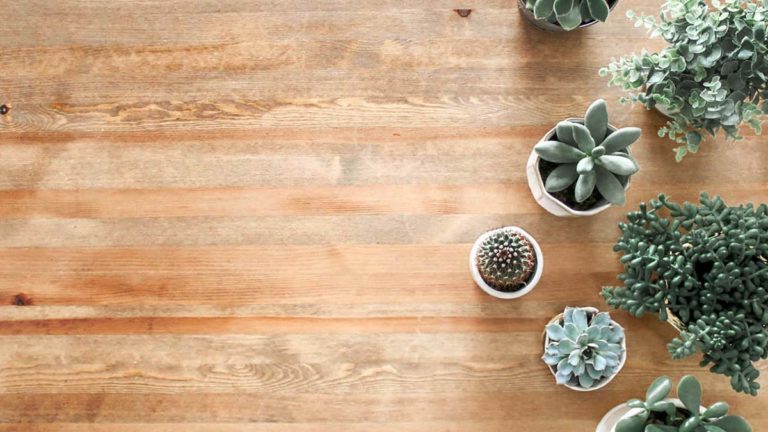
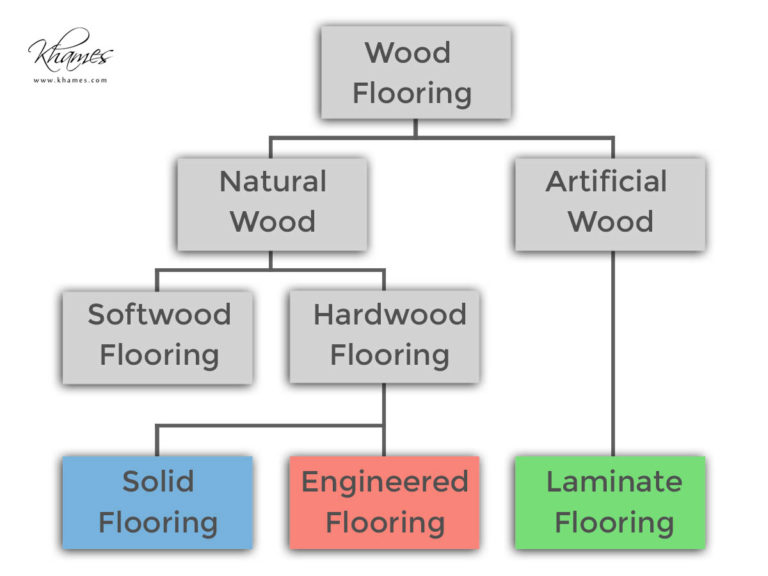
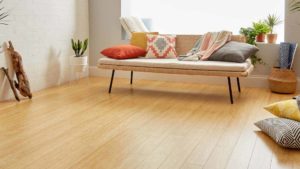

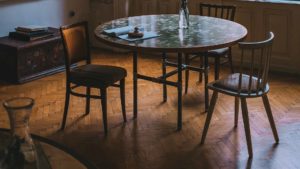
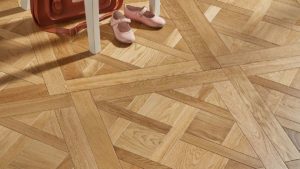

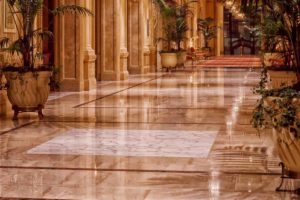

Thank you for mentioning how hardwood flooring is extremely easy to clean and maintain. With how often I experience stains and spills at how nowadays since everyone is working and studying in one place, I need to make some changes to our house to make it less stressful to clean. With that in mind, I’ll have to go looking for a flooring expert that can install the right kind of hardwood for us.